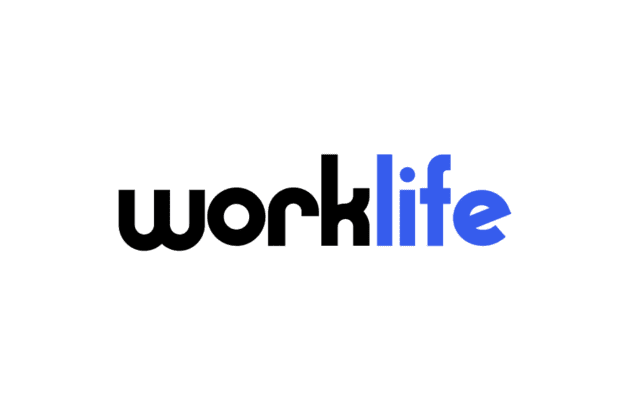Allwork.Space caught up with two HR experts to elaborate on their robust wellbeing strategies, as well as how challenging achieving a work-life balance can be. Read on to learn first-hand about the ways in which employers can approach workplace wellbeing.
“It is so important for both employers and employees to understand that stepping away can increase productivity in the long run,” says Leslie Tarnacki, SVP of Human Resources at WorkForce Software.
Listening to the wants and needs of staff and implementing beneficial perks to support their overall health as they continue to navigate working from home/hybrid work can be beneficial.
Tarnacki adds, “Today, 80% of the global workforce and 100% of shift workers are deskless. It is important for companies to implement workplace management tools that allow deskless workers to provide feedback in real time, directly to their managers.”
It’s also key for employers to realize how the pandemic has impacted mental and physical wellness and how employees should feel empowered to disconnect from work. Regular employee pulse surveys (EPS) can be effective as they give team members anonymity and privacy to provide honest, candid feedback to the executive team.
“The bottom line is no one has it all figured out. We don’t know others’ stories—just as they don’t usually know ours—so being respectful, kind, and trustworthy goes a very long way,” says Tarnacki.




